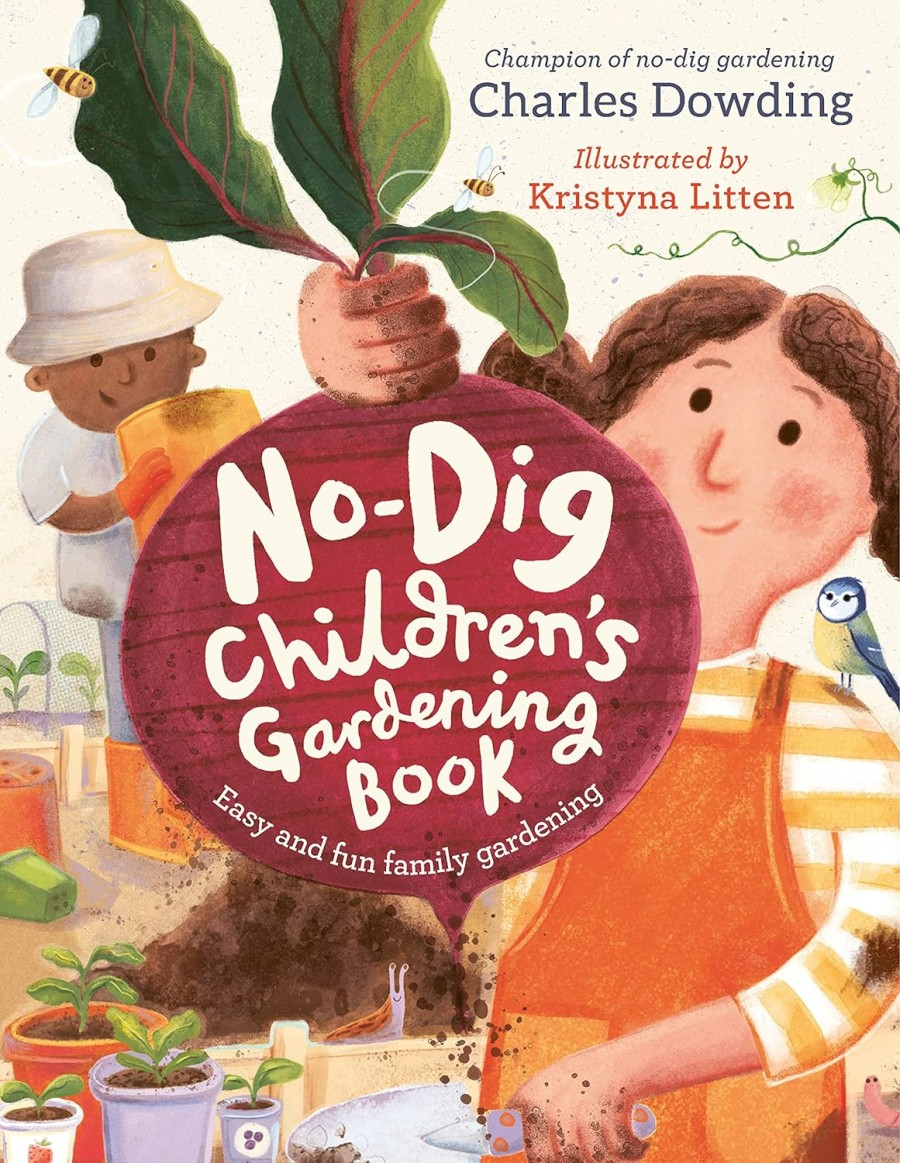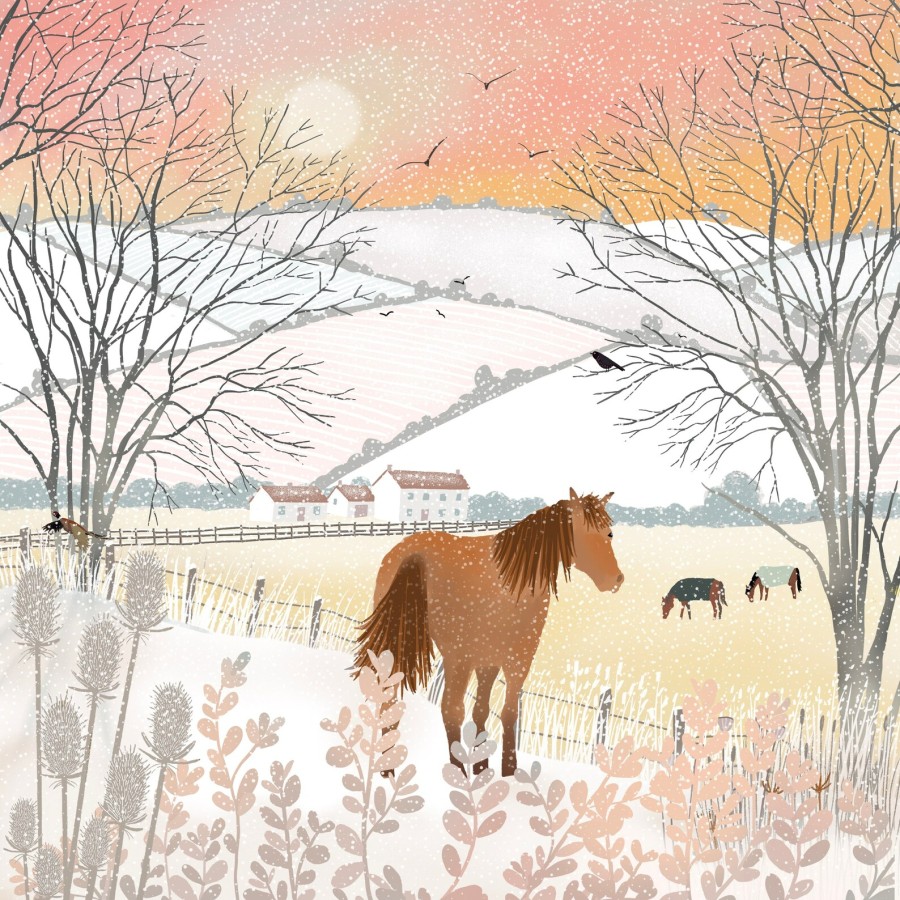Lots of Ways to Help Endangered Stag Beetles

Stag beetles may look like tough predators, but they are fascinating little creatures that also play important roles in our ecosystems.
Alas today they are endangered due to lack of habitat (and people using forks and shovels in gardens, which kill baby stag beetles – those big grubs you find in the soil).
Stag beetle eggs are too tiny to see, but they have a life cycle a bit like butterflies, going through the pupal stage (which can last months) before eventually becoming an adult with their hard protective casing and mandibles (which look like antlers, which stag bettles use to compete for mates).
Simple Ways to Help Stag Beetles
Stag beetles thrive in mature forests with old trees and decaying wood, so this is the main reason why they are endangered, as a lot of our woodland has been chopped down. Saving our forests is the best way to protect stag beetles in the wild.
Farmers can also help, by again using organic methods of growing, to reduce agricultural run-off (pesticides not only kill stag beetles, but also harm their food sources).
Climate change action is also required. Temperature changes and rainfall patterns are affecting their food and habitats. Warmer winters disrupt their lifestyle, and extreme weather (like floods) can destroy their habitats).
Helping Stag Beetles in Your Garden

If you garden alongside animal friends, learn how to make your garden safe for pets (use safe humane slug/snail deterrents).
- In gardens, choose organic methods to grow your own food and flowers, and importantly use no-dig methods (not tilling the toil with forks or spades, instead leaving the soil undisturbed, which is good for your plants and earthworms.
- Leave your garden ‘messy’ with decaying wood (where stag beetles lay their eggs) and leaving some dead trees and branches in your garden, for them to create ‘natural nurseries’ for their young. Piles of leaves, wood or stones are also good.
- Garden organically. Securely bin and dispose of garden chemicals and pesticides (safer for all the family).
- Ensure garden ponds have sloping sides (for easy exit if creatures fall in) and avoid netting (which can trap many creatures). Also use quality water butts (with lids to prevent drowning) and minimise ‘weed matting’ (this can trap beetles underground).
- Read our post on avoiding light pollution (stag beetles navigate by the moon, so can end up walking on pavements (attracted by street lighting) and get run over. Report street lights that never go off at Fix My Street.
Record Sightings of Stag Beetles
Mostly found as adults in summer, stag beetles are more common in England (especially Hampshire’s New Forest)
Report your sightings (including location and date) at Wild London or People’s Trust for Endangered Species (outside London) where you can download a free community poster to help educate on saving stag beetles.
No-Dig Gardening Helps Stag Beetles
The Little Book of Beetles is a small yet informative illustrated guide, packed with useful information.
Written by an expert on insects, it covers different kinds of beetles and their evolution, diversity and classification, external and internal physiology, reproduction and defence.






